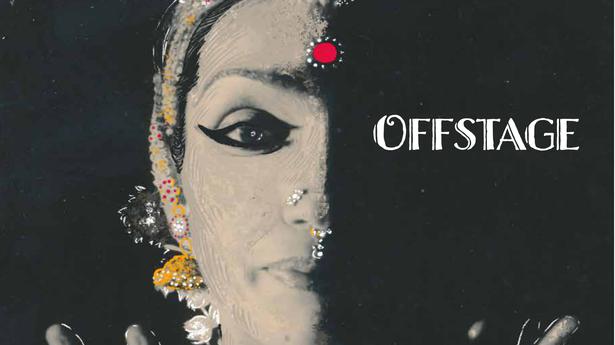Lakshmi Parthasarathy Athreya and Uma Sathyanarayanan in ‘Sakhyam’.
| Photo Credit: Jinkal Dabi
Lakshmi Parthasarathy Athreya and Uma Sathyanarayanan, two senior dancers and disciples of guru Chitra Visweswaran, re-visited ‘Sakhyam’, a production commissioned by Natyarangam for its ‘Bandhava Bharatham’ festival in 2012. ‘Sakhyam’ was about the journey of friendship between two women from childhood.
As little girls, they hear the Aesop’s fable of the lion and the mouse. They plant a sapling as a symbol of their friendship. They read stories of other enduring friendships — Duryodhana and Karna, Rama and Guha and Krishna and Sudhama. And that’s how the narrative flowed.
Familiar stories were linked by contrived situations, and the overall visualisation was flat. It did not help that there were silences between pieces, without a live orchestra.
However, each segment was a standalone success, in terms of the dancers’ well-thought out delineations and mature abhinaya. They had sourced lyrics from diverse sources such as Ramdhari Singh Dinkar (Hindi), Kamba Ramayanam (Tamil), Bhagavatham (Sanskrit), Swati Tirunal (Sanskrit) and Sangam literature (Tamil).
The introduction of Karna was with a khanda jathi with the words, ‘….Surya putra, veera Karna…’ In the Guha story, the retelling begins as he waves to a departing Rama, ‘Anjana vannana..’ goes the episode, as he touches the boat reverentially and recollects the experience. Uma as Guha recited the words in tisra Adi, followed by singing of the lyrics, kavuthuvam style. It was an interesting use of theatre techniques.
Another memorable scene was between Sudhama (Lakshmi) and Krishna (Uma). Sudhama looks for his home on his return from Dwaraka, and realises what Krishna has done for him. He recollects the visit and his meeting with Krishna. Lakshmi’s was a soul-stirring characterisation.
The little girls have, in the meantime, grown up. One is in love, the other looks on with understanding, assuring her of her paramour’s return from the forest. She quotes from Sangam literature: ‘When he sees elephants and other animals in pairs, he will think of you’.
The music (Rajkumar Bharati) added much to the mood. All elements of the music were in balance, as was the mime and the nritta, with nothing overdone. Guru Chitra provided artistic guidance.




